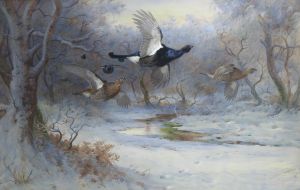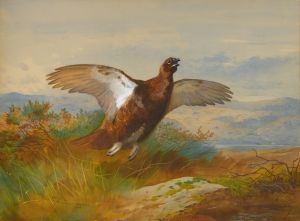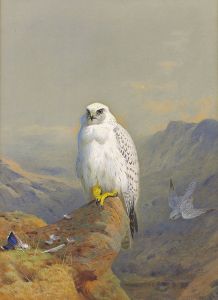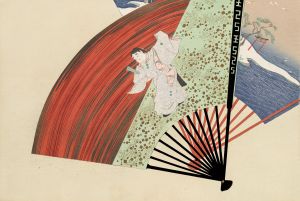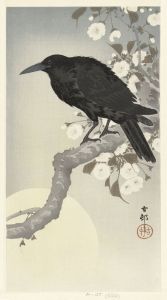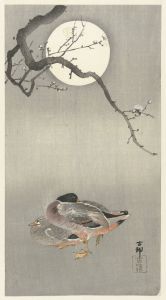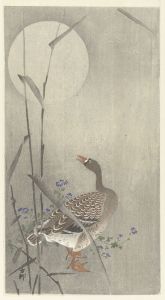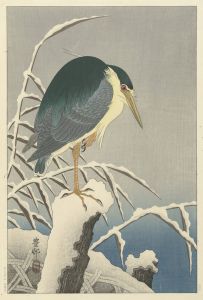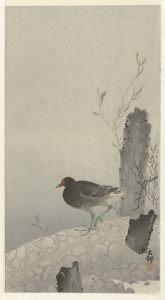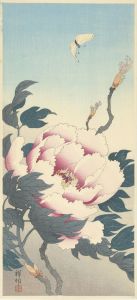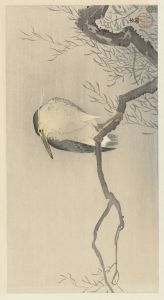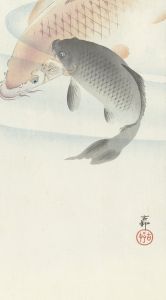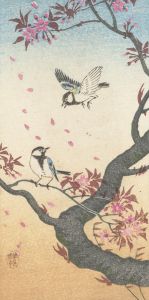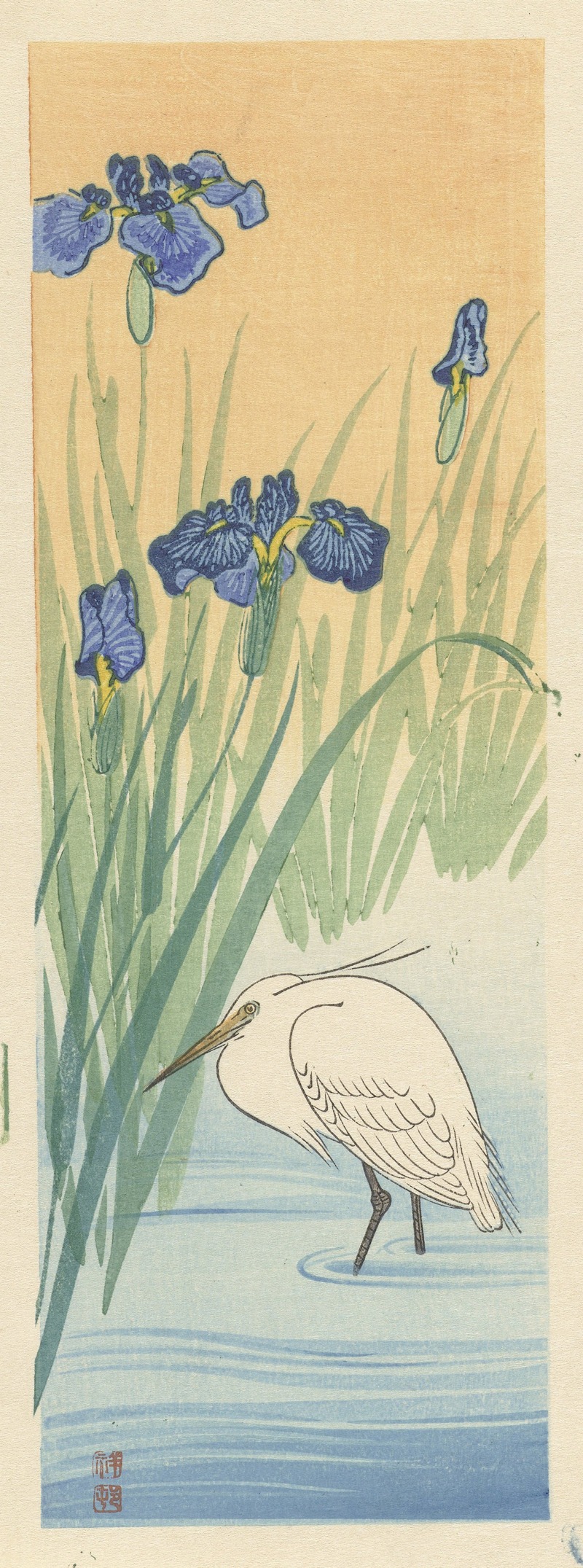
Egret
A hand-painted replica of Ohara Koson’s masterpiece Egret, meticulously crafted by professional artists to capture the true essence of the original. Each piece is created with museum-quality canvas and rare mineral pigments, carefully painted by experienced artists with delicate brushstrokes and rich, layered colors to perfectly recreate the texture of the original artwork. Unlike machine-printed reproductions, this hand-painted version brings the painting to life, infused with the artist’s emotions and skill in every stroke. Whether for personal collection or home decoration, it instantly elevates the artistic atmosphere of any space.
Ohara Koson (1877–1945) was a Japanese artist known for his exquisite woodblock prints, particularly those depicting birds and flowers. One of his notable works is "Egret," which showcases his mastery in capturing the delicate beauty of nature through the traditional Japanese woodblock printing technique known as ukiyo-e.
Koson was part of the shin-hanga ("new prints") movement, which revitalized traditional ukiyo-e art in the early 20th century by incorporating Western elements such as realism and the use of light and shadow. This movement aimed to appeal to both Japanese and Western audiences, and Koson's works were particularly popular among Western collectors.
"Egret" is a prime example of Koson's ability to blend traditional Japanese aesthetics with a touch of Western influence. The print features an egret, a type of heron known for its elegant, slender form and pristine white plumage. The bird is often depicted standing gracefully in shallow water or among reeds, capturing a moment of serene beauty.
Koson's attention to detail is evident in the delicate rendering of the egret's feathers and the subtle gradations of color that give the bird a lifelike appearance. The background is typically minimalist, focusing the viewer's attention on the subject and enhancing the sense of tranquility and simplicity that characterizes much of Koson's work.
The composition of "Egret" reflects the Japanese appreciation for nature and the fleeting moments of beauty found within it. The use of negative space, a hallmark of Japanese art, allows the viewer to contemplate the scene without distraction, emphasizing the elegance and poise of the egret.
Koson's prints were produced using the traditional woodblock printing method, which involves carving an image into a block of wood, applying ink, and then pressing paper onto the inked block to create the print. This labor-intensive process requires a high level of skill and precision, and Koson's prints are celebrated for their technical excellence as well as their artistic beauty.
"Egret" and other works by Koson were widely distributed and collected, particularly in the United States and Europe, where there was a growing fascination with Japanese art during the early 20th century. His prints were often sold through galleries and art dealers, and they remain highly sought after by collectors today.
Ohara Koson's "Egret" is not only a testament to his skill as an artist but also a reflection of the broader cultural exchange between Japan and the West during the shin-hanga movement. Through his work, Koson helped to preserve and revitalize the traditional art of woodblock printing, while also introducing the beauty of Japanese nature to a global audience.





